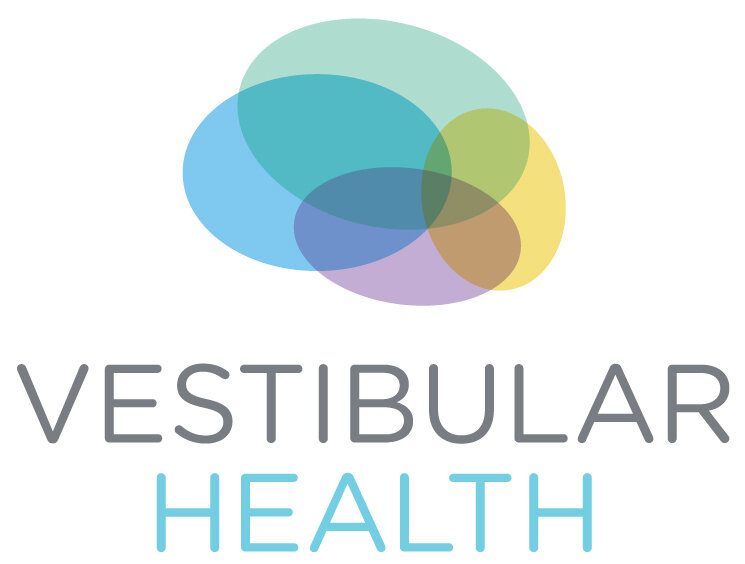Research update: Vestibular rehab for CABV
A research paper co-authored by Shaleen Sulway demonstrated that vestibular rehabilitation can improve balance and decrease falls for people with CABV.
CABV stands for Cerebellar Ataxia with Bilateral Vestibulopathy. CABV causes problems with balance, coordination, and walking. Other symptoms include involuntary eye movements (called nystagmus), and blurry or jumpy vision when your head moves (called oscillopsia). Since it is a degenerative disorder, symptoms usually start gradually and slowly become worse over time.
This study looked at a group of people with CABV who were followed in the multidisciplinary neurotology clinic at Toronto General Hospital. These individuals participated in physiotherapy treatment through our vestibular rehabilitation program. Measures of physical function were evaluated at the start and end of treatment. A number of questionnaires were used to track peoples’ perspectives on their symptoms and opinions about their balance abilities.
After participating in physiotherapy, there was improvement in:
Balance > Improvement on an objective measure of balance ability. In particular, after participating in physiotherapy people were able to hold their balance for significantly longer when standing with feet together and eyes closed on a foam surface, which is an especially challenging task for people with vestibular disorders.
Fall risk > Decreased number of falls after participating in vestibular rehab compared to before treatment.
Perception of dizziness > Decreased perception of impairment related to dizziness compared to before treatment.
Balance confidence > Improved balance confidence compared to before treatment.
Physiotherapy treatment for CABV is tailored to address your specific problems and goals. This can include balance exercises, gait training, gaze stability exercises, and activities to increase strength in your core and legs. Vestibular rehab involves a set of exercises for you to work on regularly at home, which your therapist will monitor and adjust as your abilities improve. Your physiotherapist can also give you recommendations on how to reduce your risk of falling. If your symptoms limit your activities, your physiotherapist can help come up with a plan to get back to doing the things that are most important to you.
Want to learn more about physiotherapy for CABV? Get in touch to find out if vestibular rehab could help you.
-
Hassannia F, Misale P, Sulway S, et al. Effectiveness of vestibular rehabilitation therapy in patients with idiopathic Cerebellar Ataxia with Bilateral Vestibulopathy (iCABV). Journal of Vestibular Research. 2022;32(5):479-485. [link]
